There are significant advantages to using patient-specific medical devices, from improving patient outcomes1 to lowering healthcare costs2. But for a long time, expensive and complicated production processes presented a major obstacle to the wider adoption of this approach.
That’s changed with the advancement of digital manufacturing. Novel technologies, such as 3D printing, 3D scanning and software for organic 3D design – to name a few – have taken the efficiency and speed of patient-specific design to a whole new level.
Another thing that these diverse technologies have made possible is the consolidation of all stages of the patient-specific design workflow into a streamlined process.
The outcome: a rapid rise of patient-specific design.
In this article, we dive into this burgeoning area. We examine the digital tools that play a central role in patient-specific design, their place in the workflows, and developments on the horizon.
1. Data collection
With respect to patient-specific design, data collection refers to acquiring data about the patient’s anatomy or physiology through medical imaging and 3D scanning.
Medical Imaging
Medical image segmentation is essential for creating the accurate 3D models that allow physicians to perform surgical planning, create patient-specific product designs, recognize complex patterns or isolate regions of interest.
These 3D models are generated from CT or MRI scans and provide detailed information about the patient’s bone structure, joint anatomy, and other relevant features. This allows the patient-specific instrumentation to be customized to the individual patient’s anatomy.
The 3D models are then used to plan the surgical procedure and design patient-specific instruments, such as cutting guides and jigs.
Medical imaging software can analyze the 3D data to determine the optimal positioning and alignment of surgical components, which is then used to manufacture the customized instrumentation.

Medical image segmentation is essential for creating 3D models that allow physicians to perform surgical planning
3D Scanning
3D scanning is becoming a more popular option for data collection in patient-specific design applications. Scanning enables you to accurately measure a patient’s body shape, size and surface area, as well as individual outer body parts.
Scanners bring speed, precision and safety to personalized data collection, allowing medical professionals to streamline processes. You can perform a complete body scan with a stationary or handheld scanner, and the data can be brought into a 3D visualization platform to begin the modeling process.
3D scanning also makes it much easier to monitor changes in a patient’s body over time as well as compare pre- and post-op data. For outer body applications of patient-specific design, such as back braces and prostheses, 3D scanning is helping to improve efficiency and accessibility.
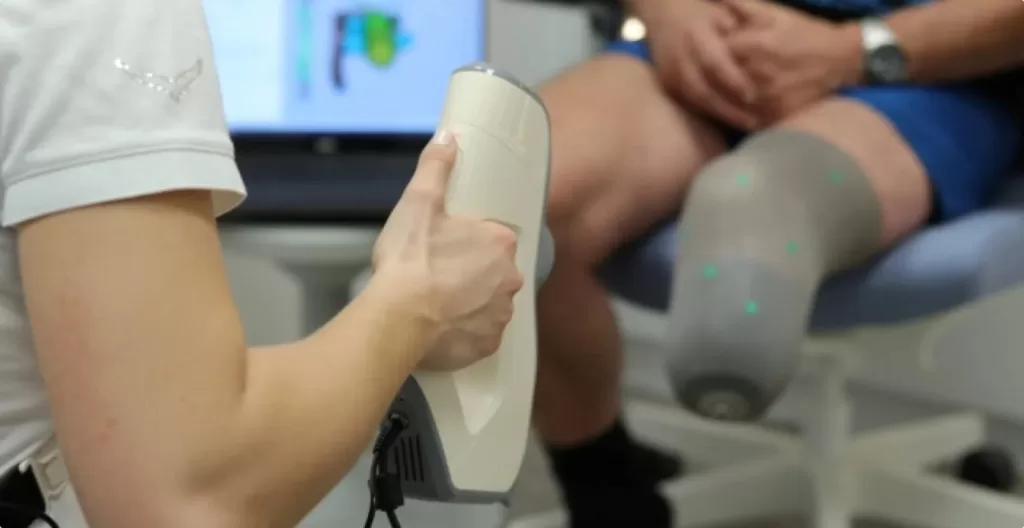
3D scanning the patient’s residual limb at the Sanitätshaus Klinz orthopedics clinic. Image courtesy of Artec 3D
2. Augmented Reality & Virtual Reality
Augmented reality (AR) and virtual reality (VR) are becoming more frequently used at the outset of patient-specific workflows to better understand the patient’s anatomy for surgical planning and education.
While printing 3D anatomical models can be helpful, they do require an investment in expertise, equipment and time. This could potentially make the process too costly and limit its accessibility.
Using AR and VR can extend the benefits of 3D modeling to more patients through advanced visualization. For example, with the right AR and VR capabilities, a patient’s CT scan can be fully realized in 3D instantly, so physicians can examine the details of the patient’s anatomy, and plan the best approach for surgery.
Other applications of 3D visualization include:
Surgical procedures:
Using AR tools to visualize internal organs, tumors and other structures for more precise surgeries and better decision-making.
Diagnostics:
AR and VR technologies can help with vein detection, increasing the accuracy of needle insertion for a wide variety of medical procedures.
Surgical planning:
Leveraging AR and a 3D digital model of complex surgeries allows physicians to detail every step in the process, optimize the sequence of steps, and better prepare for contingencies, even before the first incision is made.
3. Digital 3D design tools
Digital 3D design tools are empowering the creation of highly personalized medical solutions that are tailored to individual patient needs, leading to improved comfort, functionality, and clinical outcomes. They achieve this by:
a. Leveraging patient data
Digital design tools can integrate patient-specific data from medical imaging like CT and MRI scans to create personalized 3D models of anatomy. This allows for the design of medical devices, implants, and surgical guides tailored to a patient’s unique anatomy.
b. Enabling on-demand manufacturing
The combination of digital design and 3D printing allows for on-demand manufacturing of patient-specific medical devices and implants, reducing the need for large inventories and ensuring availability when required.
c. Accelerating development
Healthcare providers can test and refine patient-specific designs using rapid prototyping to iterate fast, reducing the development cycle and providing solutions to patients faster.
d. Enabling customization
Digital tools allow for easy customization to meet the specific needs of each patient, leading to better outcomes compared to one-size-fits-all solutions.
e. Improving surgical planning
Patient-specific 3D printed anatomical models created from digital design can be used by surgeons to plan complex procedures, practice techniques, and improve outcomes.
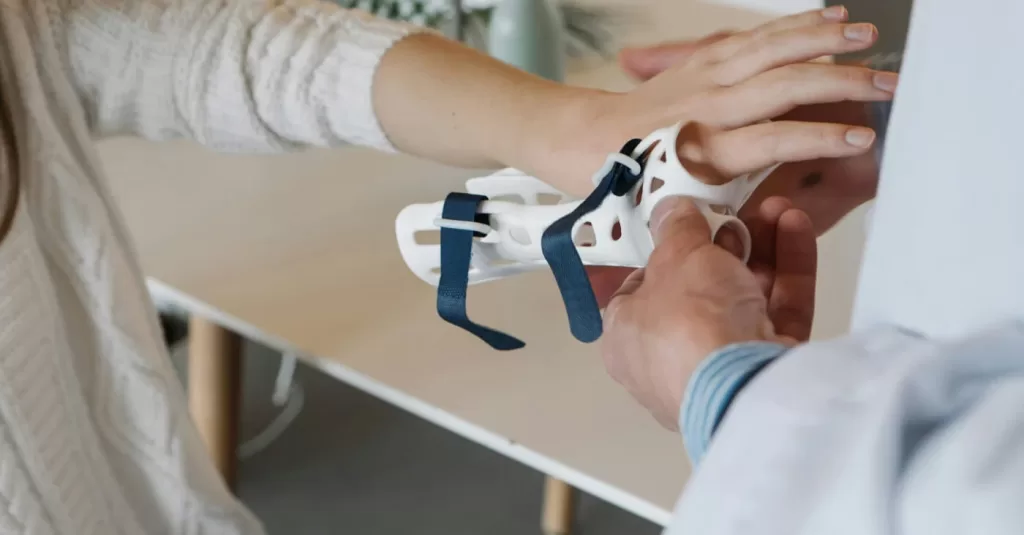
4. Additive manufacturing
Additive manufacturing (AM) delivers a long list of advantages that align well with the challenges of patient-specific design, in particular developing devices and techniques that are customized for one patient’s unique anatomy and physiology. Advantages of AM include:
High-mix, low-volume
AM was developed to enable made-to-order manufacturing that produces a much higher variety of products at very low volumes, often volumes of one. As the opposite of mass production, AM is ideal for patient-specific design.
Complex design capabilities
Because 3D printing builds up products layer by layer, the manufacturing process is essentially the same regardless of product complexity. 3D printing can reproduce complex structures that are impossible to manufacture using any other means.
Rapid prototyping and manufacture
AM lends itself to rapid prototyping, which allows much faster product development and manufacturing. Because there is no tooling involved, a prototype can be printed on demand, analyzed, and improved in a much shorter timeframe than is typical with subtractive or formative manufacturing.
Diverse processes and materials
A wide range of AM processes are already used today in medical applications, including tools, instruments, implants, prostheses, and anatomical models. The most common materials are thermoplastics, photopolymer, and metals, including titanium alloys.
Requirements-driven design
Additive manufacturing supports requirements-driven design, not limited by traditional manufacturing techniques. In many cases, design tools can help generate designs that meet specific criteria for strength, stiffness, weight and other factors.
The future of patient-specific design
The growing popularity of patient-specific design is encouraging more physicians and engineers to explore its potential.
One emerging trend is point-of-care manufacture, in which hospitals are maintaining complete 3D printing capabilities in-house. With the right software and hardware, this setup effectively allows healthcare organizations to move seamlessly from patient imaging to modeling to production even more efficiently.
This approach must of course be governed by approved workflows to ensure high-quality results for all patients regardless of which facility produces the device. Nevertheless, on-site printing of highly accurate patient-specific medical devices is a promising indication of the power of patient-specific design.
If you’d like to learn all about the digital tools that can help you create patient-specific devices at scale contact us via the button below.
_______________
References:
1. Choo YJ, Boudier-Revéret M, Chang MC. 3D printing technology applied to orthosis manufacturing: narrative review. Ann Palliat Med. 2020 Nov;9(6):4262-4270. doi: 10.21037/apm-20-1185. Epub 2020 Sep 24. PMID: 33040564.
2. Tack P, Victor J, Gemmel P, Annemans L. Do custom 3D-printed revision acetabular implants provide enough value to justify the additional costs? The health-economic comparison of a new porous 3D-printed hip implant for revision arthroplasty of Paprosky type 3B acetabular defects and its closest alternative. Orthop Traumatol Surg Res. 2021 Feb;107(1):102600. doi: 10.1016/j.otsr.2020.03.012. Epub 2020 May 11. PMID: 32409268.


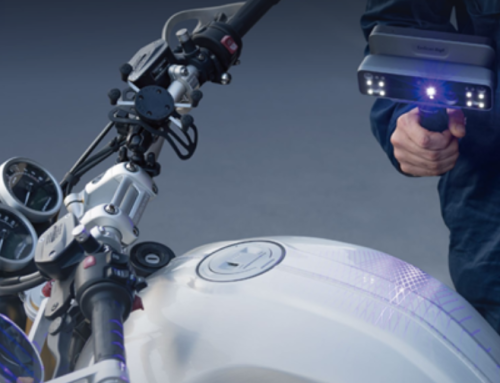
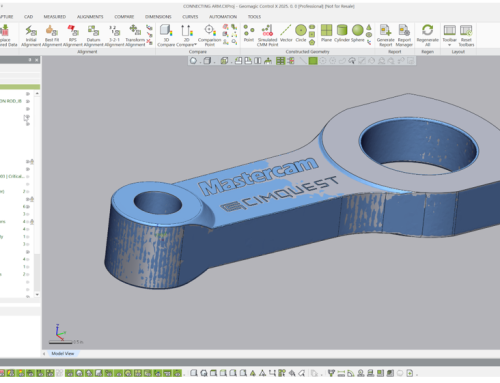
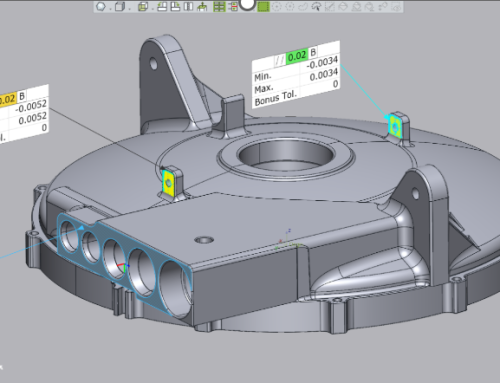
Leave A Comment